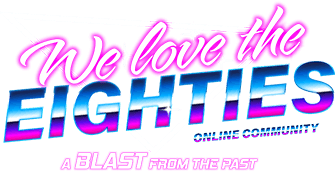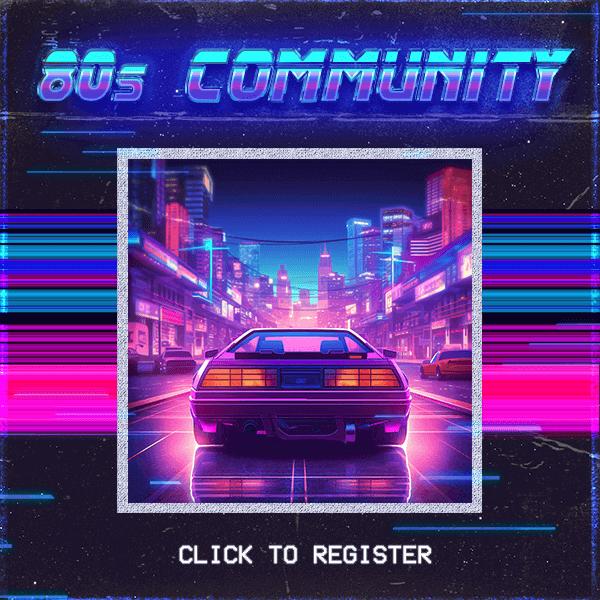
On this day June 3, 1989, the Chinese government sent armed troops and tanks into Tiananmen Square in Beijing to remove thousands of pro-democracy protesters who had been peacefully demonstrating for weeks. The protesters, made up largely of students, were calling for political reform, greater personal freedoms, and an end to government corruption.
As night fell, the situation turned violent. Armed forces opened fire on unarmed civilians in and around the square. Though the Chinese government has never released an official death toll, estimates from outside sources range from several hundred to several thousand. The crackdown drew widespread international condemnation and became one of the most defining and controversial events of the late 20th century.
The Chinese government quickly censored news of the event within the country, but images and reports from foreign journalists, including the now iconic photo of a lone man standing in front of a line of tanks, spread across the globe.
80s insight: The Tiananmen Square crackdown revealed the deep global divide of the late Cold War era. While much of the world was moving toward open expression and reform, this moment reminded the world that not all governments were willing to allow such change. It became a symbol of both courage and suppression during a decade marked by political upheaval.
As night fell, the situation turned violent. Armed forces opened fire on unarmed civilians in and around the square. Though the Chinese government has never released an official death toll, estimates from outside sources range from several hundred to several thousand. The crackdown drew widespread international condemnation and became one of the most defining and controversial events of the late 20th century.
The Chinese government quickly censored news of the event within the country, but images and reports from foreign journalists, including the now iconic photo of a lone man standing in front of a line of tanks, spread across the globe.
80s insight: The Tiananmen Square crackdown revealed the deep global divide of the late Cold War era. While much of the world was moving toward open expression and reform, this moment reminded the world that not all governments were willing to allow such change. It became a symbol of both courage and suppression during a decade marked by political upheaval.

















